Cast iron skillet care is easy when you know a few tips on how to to keep this humble kitchen worker bee in peak condition.

A cast-iron pan is an essential part of any working kitchen. No other pan holds heat as well as it does. And on top of that, it’s affordable, versatile, and
nearly indestructible. Whether you use it to oven-roast a chicken, sear salmon
on the stovetop, or bake a sweet treat, ensure that your cast-iron pan is up to the task by keeping it in tip-top shape. Here's how:
Jump to:
Seasoning Cast Iron
Due to its porous nature, new cast-iron pans require seasoning with a fat, such as lard or oil, to prevent food from sticking. While many modern cast-iron pans come pre-seasoned, it's beneficial to apply an additional seasoning after purchase. This step kickstarts the development of the pan's patina, enhancing its ability to ward off food sticking. Here's how to season cast iron in 2 easy steps:

STEP 1: Heat the oven to 350°F. Meanwhile, heat the pan on the stovetop until hot. With a thick wad of paper towels, spread 1 to 2 tsp. of lard, bacon grease, or solid vegetable shortening all over the inside and outside of the pan. Apply a very thin coating of fat—too much grease, and you’ll end up with gummy residue in the pan.
STEP 2: Put the greased pan upside down on the center rack of the heated oven for 1 1⁄2 hours. Slide a baking sheet or piece of aluminum foil onto the rack beneath the pan to catch drips. Turn off the heat, and let the pan sit in the oven until cool. The pan won’t be deep black right away, but the dark patina will develop with regular use.
Patina Perfection
Once you've successfully seasoned the pan, maintaining it becomes a breeze. Some argue that washing cast iron might harm the seasoning, opting instead to wipe it clean with coarse salt as an abrasive for any cooked-on residues.
However, you can safely wash cast iron with soap and warm water. For stubborn, stuck-on foods, a cast-iron scraper can be quite handy. After washing, promptly towel-dry the pan, and then place it on a burner set to medium heat to ensure it's thoroughly dry and hot.
While the pan is still hot, take a paper towel and apply a thin coating of vegetable oil. This extra step ensures that our cast iron remains perfectly seasoned.
What is a cast iron scraper?
One by-product of high-heat searing and frying in cast iron is the gunk that accumulates on the pan’s surface. This cast iron scraper makes quick work of lifting off stuck-on messes without scratching the pan.
Cast Iron Skillet Tips
- Avoid using a dishwasher for cleaning your cast-iron pan, as the dishwasher's humidity can lead to rust. If rust appears, use steel wool to remove it, then wash the pan thoroughly with warm soapy water. Ensure it is completely dry before re-seasoning.
- Cast-iron pans prove versatile for cooking on both the stovetop and in the oven. They excel at searing meat and frying bacon, surpassing other pans in achieving a perfect browning. Additionally, frying bacon contributes to seasoning the pan as it sizzles.
- While cast iron retains heat exceptionally well, it takes time to heat up. Therefore, it's crucial to let the pan heat before adding oil, butter, or any food. Introducing cold food into a cold pan only encourages sticking.
Skillet recipes to try
More skillet recipes to try
Sign-up for The Flavor Journal Newsletter and Get a Free e-book!

Let's connect!
Be sure to FOLLOW US on FACEBOOK, INSTAGRAM and PINTEREST Many thanks!
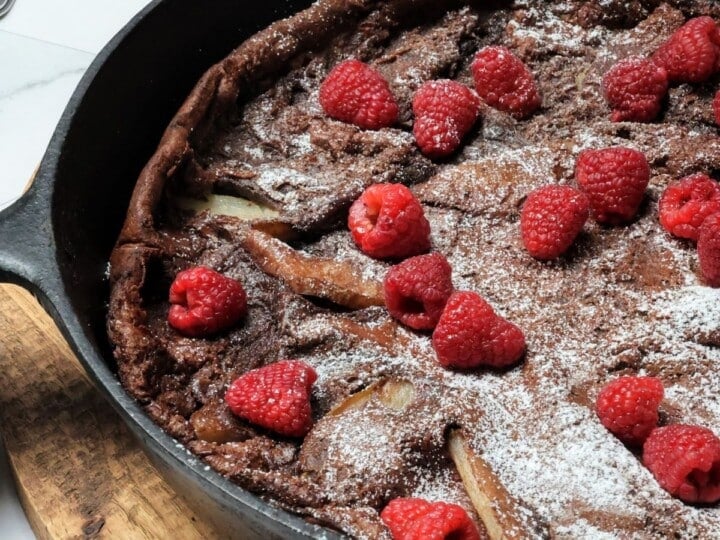
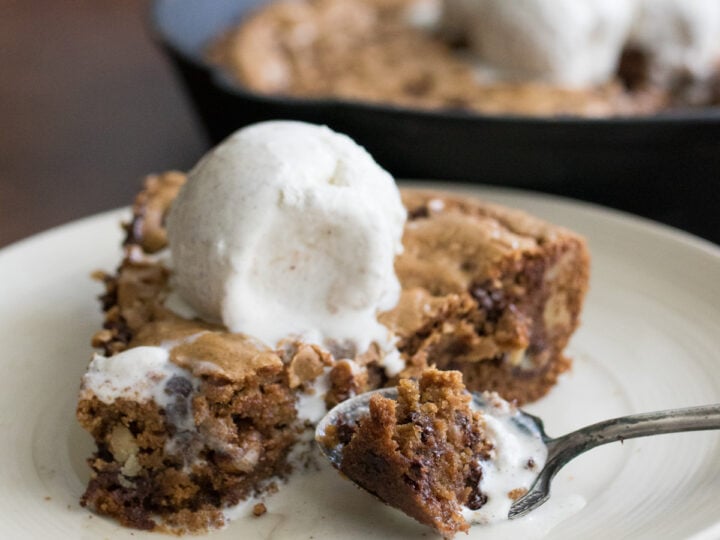
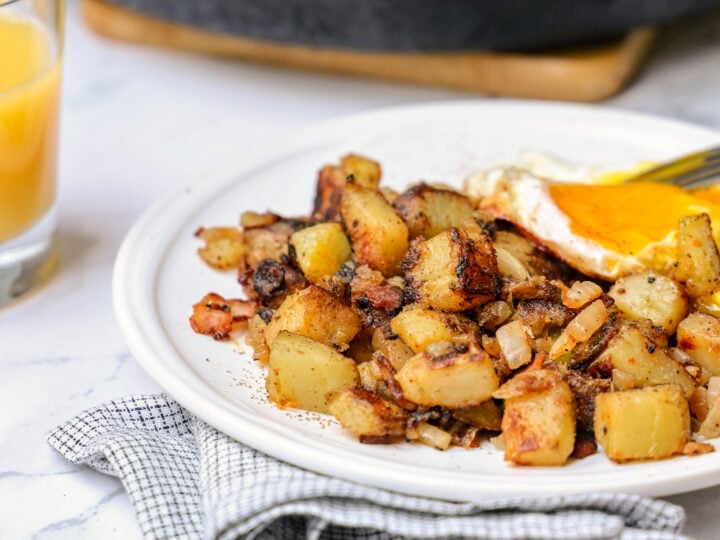
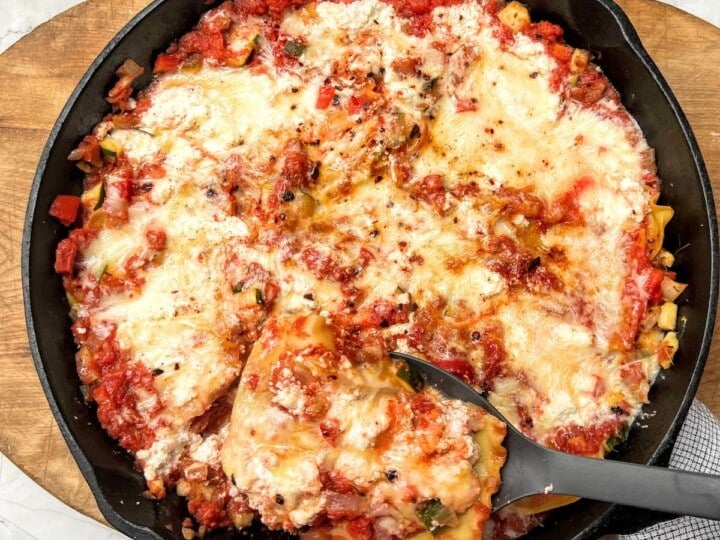
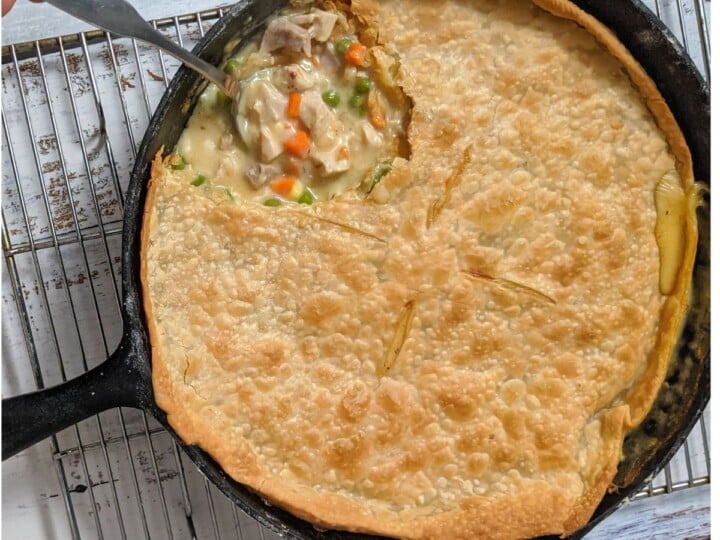
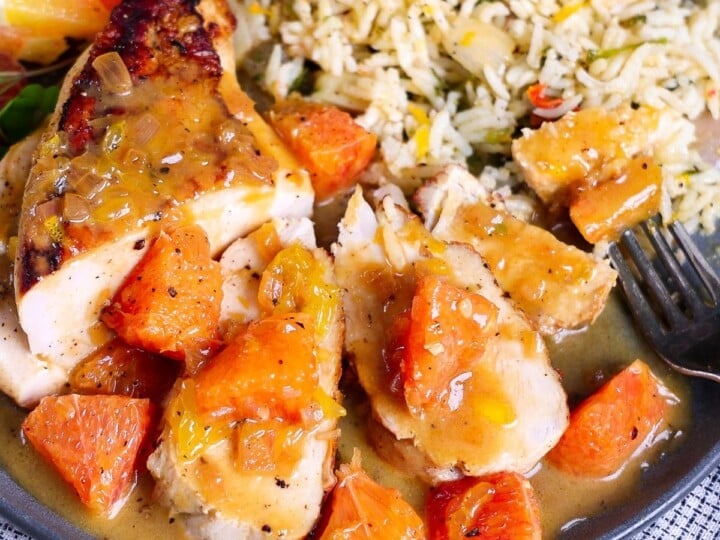

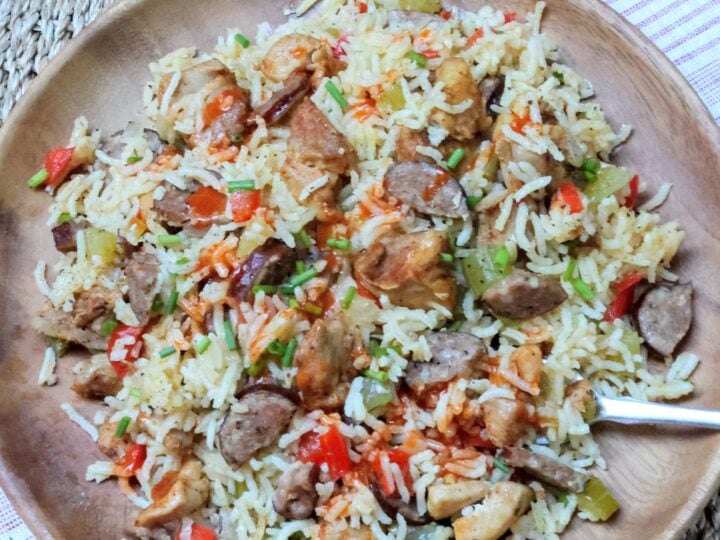
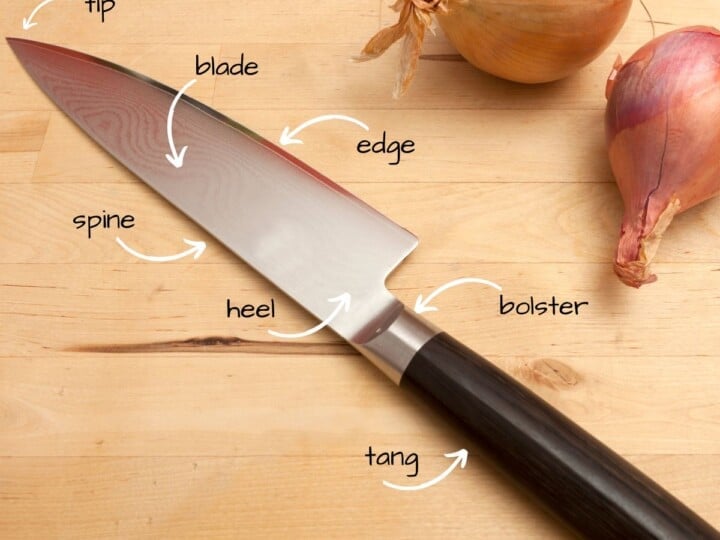
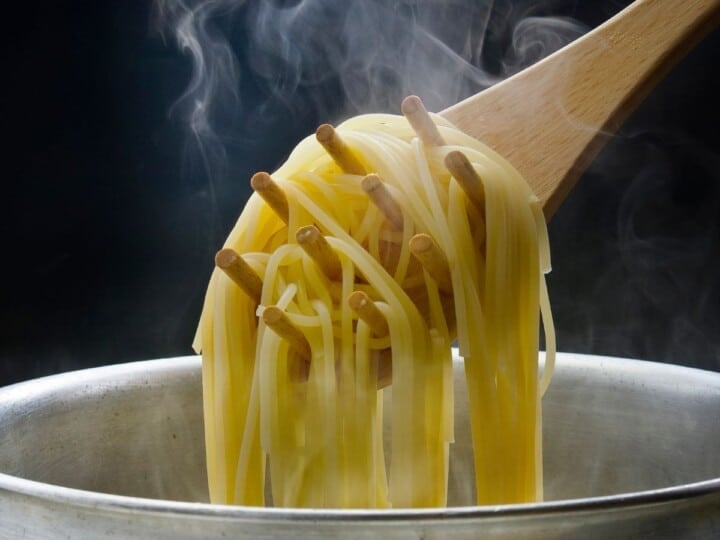
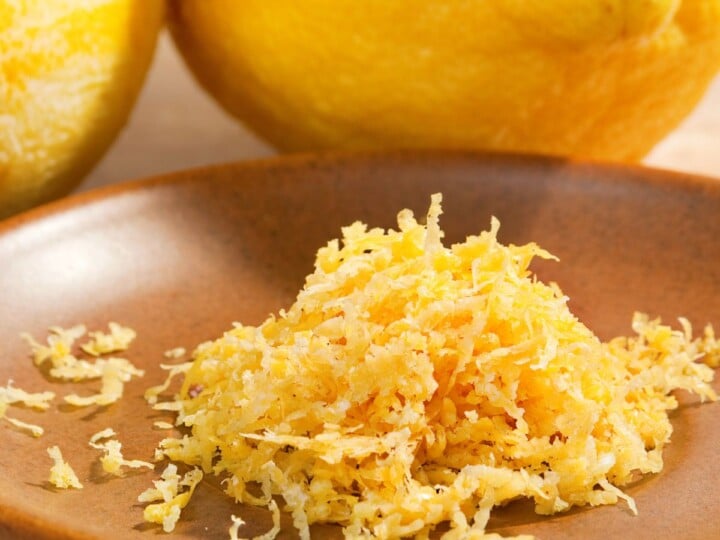
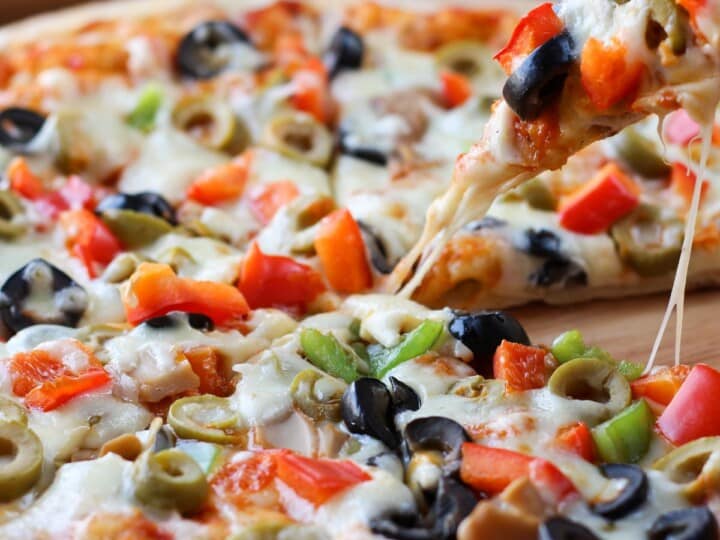
Leave a Comment